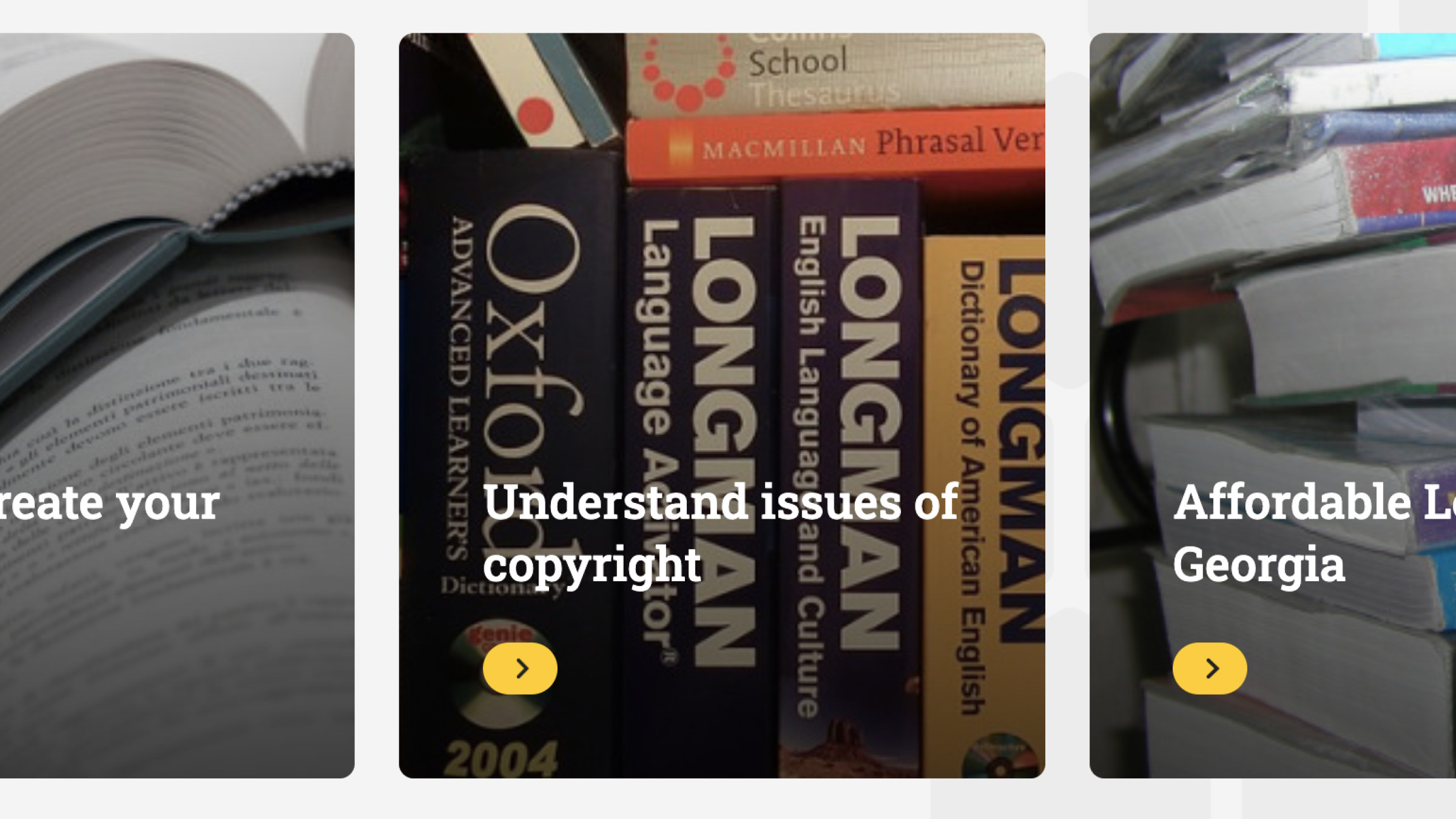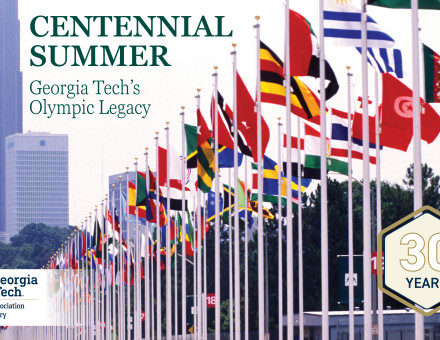
Low-cost courses: A Primer for Faculty

Affordable learning and open educational resources (OER) are an important part of teaching at Georgia Tech, as course materials can add hundreds of dollars to a student’s yearly costs. Choosing low or no-cost options can reduce financial stress, increase access, and improve engagement.
In the past, faculty would place print monographs and course packs on hold for students in their classes as part of the course reserves system. In the digital age however, the range of Library services has expanded to include e-books, journals, streaming media, and tutorials. As such, the Library seeks to support everyone and works to reduce textbook costs by providing best quality materials for faculty and students.
What Qualifies as No-Cost
Your course is considered No-Cost if students pay nothing out-of-pocket for required materials. Examples include:
- Open Educational Resources
- Library-licensed materials (books, eBooks, streaming media, articles, course equipment)
- Instructor-created or publicly available materials
- Any content that is free, legal, and accessible to all enrolled students
What Qualifies as Low-Cost
Courses are labeled Low-Cost if required materials cost $40 or less total. This can include:
- Textbooks
- Workbooks or manuals
- Supplemental study materials
- Publisher access codes or digital tools
- Course equipment
How to Make It Happen
- Use the Library’s Reading Lists and Course Reserves
The Library can help you identify, license, or acquire materials and place them on Course Reserves for your students — at no cost to them. Contact reserves@library.gatech.edu for more information.
- Upload a Reading List in Canvas
Create a Reading List for your course using the Reading List tool in Canvas to share course materials like articles, eBooks, and videos. It connects directly to the Library catalog, so you can easily add content that’s already available to students at no cost. Everything shows up in one place on Canvas, making it simple for students to access what they need. It also helps ensure materials are legal to share and easy to update each semester.
- Explore OER
Look into OpenStax, MERLOT, GALILEO, and other open platforms. You can adopt, adapt, or create your own OER materials to meet your course needs.
- Make Sure It’s Licensed
Only use content that is openly licensed (Creative Commons, public domain) or available through the Library. Avoid uploading PDFs unless you're sure they’re allowed.
- Calculate the Total Cost
Add up the full cost of materials students are expected to buy.- $0 = No-Cost
- $40 or less = Low-Cost
Securing the Low- or No-Cost Designation
- Contact the Registrar
Let them know your course qualifies and should carry the Low- or No-Cost designation.
- Submit Materials to the Georgia Tech Bookstore
Upload your required materials in a timely manner so students have clear, updated cost info before registration.
- Notify the Affordable Learning Librarian
Share your department’s Low/No-Cost course updates with Danielle Evans, Affordable Learning Librarian, to support tracking and outreach.


